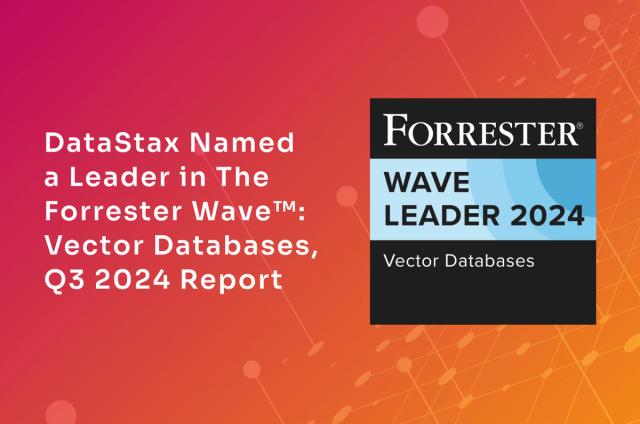How Kubernetes® Powers Data Management

More and more organizations are using containers to build modern microservices-architected applications at scale because they enable developers to work quickly and efficiently, seamlessly moving software from one environment to the next.
Not only does this lower costs and accelerate time to market, it also increases developer engagement. In case you hadn’t heard, developers pretty much like getting paid to tinker with the latest tools and technologies on the market.
So, more companies are using platforms like Docker to build applications with containers. And of those companies, half are using what’s called a container orchestration platform—a tool that enables developers to organize multiple containers to ensure applications built with microservices run as designed in any environment.
In addition to ECS in the AWS ecosystem, the most popular container orchestration platform is called Kubernetes, an open source solution originally built by Google. According to a study by DataDog, Kubernetes adoption has been increasing steadily over the last few years; it appears as though its only a matter of time before Kubernetes outpaces ECS.
In any case, technologies like Docker and Kubernetes have already transformed modern applications. It’s time for them to take the next step, bringing what they brought the applications to the world of data management.
Good news: With DataStax Enterprise, you can.
The problem before Kubernetes
Up until recently, organizations relied on server virtualization to move data between multiple applications.
While this set up did the job well enough, VMs don’t provide the same benefits of containerization—i.e., they’re not as flexible, they’re not as fast, and they aren’t as scalable.
The age of containers and rapid application development requires new tools for data management. Enter Kubernetes, which makes it easier to coordinate different containers that share the same data sets.
Beyond that, Kubernetes delivers a number of benefits to organizations, including:
- Resource optimization
- Automated deployments and updates
- Scalability
- Self-healing
- Configuration management
Let’s take a deeper look into why Kubernetes is a great option for data management.
Kubernetes for data management
If you develop modern applications in the cloud, you need to use containers. And if you’re using containers, you need to use Kubernetes. It’s that simple.
Thanks to Kubernetes, building applications with microservices is much easier. Remember, containers are lightweight, portable and can run in any environment, including public cloud, private cloud, hybrid cloud, and multi-cloud ecosystems. Build an application with microservices architecture, and you’re likely dealing with a lot of different containers. Kubernetes makes that all easy to manage.
Like any other piece of software, however, Kubernetes is not without its downsides.
Of those who use Kubernetes, one of the biggest problems is usually found in the database, and with data management in particular.
For example, primary-replica databases add additional complexities to containers because data can’t easily be shared from one container to the next in these hierarchies. In this light, traditional databases break the design principles of Kubernetes because multiple Docker images are needed along with, in many cases, additional resources to facilitate communication between several images.
In these configurations, companies often need to maintain several distinct sets of Kubernetes tooling to manage their data. Which sort of eliminates the simplicity and efficiency Kubernetes affords, right?
This is where DataStax Enterprise’s masterless architecture enters the equation.
With DSE, only one Docker image is needed because there isn’t a hierarchical structure in the database; all nodes are equal. Applications can read and write to any node, and there isn’t a single point of failure, which accelerates data transfer, analysis, and performance.
DataStax Enterprise, in conjunction with Docker and Kubernetes, gives you the easiest way to build reliable, always-on applications that scale quickly and efficiently.
Powering Modern Applications with Kubernetes, Docker, and DataStax Enterprise
To meet customer and employee expectations, modern applications need to be reliable, high-performance, and secure. As such, companies that want to build distributed applications that are stateless, generate and use data at scale, and live in hybrid or multi-cloud environments need to use containers and a platform like Kubernetes to organize and manage them.
With its support for Docker and Kubernetes and its ability to easily integrate with native Google Cloud services like Compute Engine and Cloud Storage, DataStax gives you the easiest way to take your data management game to the next level. With DSE, you can empower your developers to build transformative applications quickly—and in any environment.
In other words, DataStax Enterprise is the database best suited for running in containers and for powering modern applications built with microservices.
It’s worked very well for us. And it’ll work very well for you, too.



